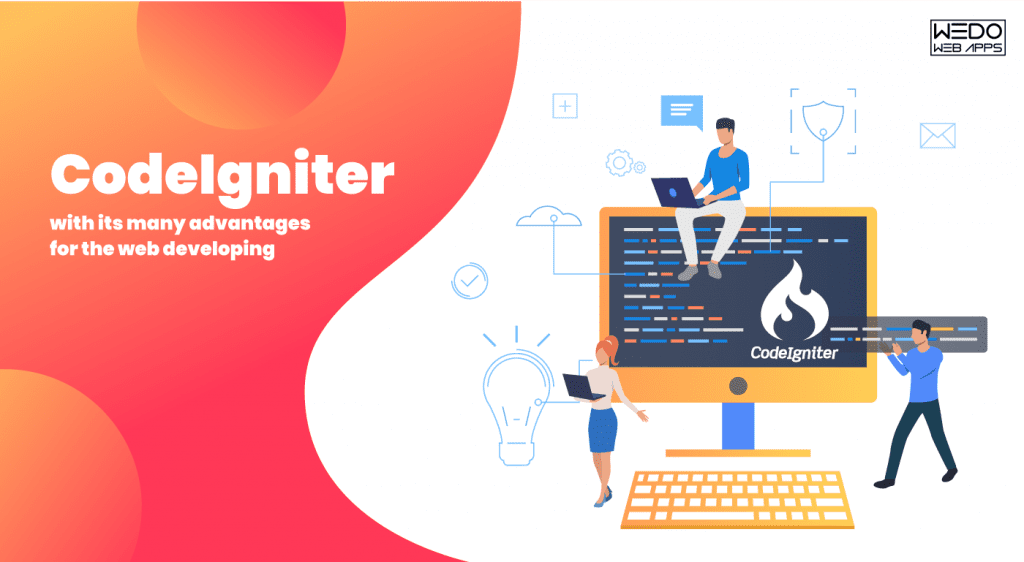CodeIgniter, with its many advantages for the web developing organizations and
CodeIgniter developers, is becoming a popular PHP framework. If one looks at the architecture of any application built on the CodeIgniter framework, it mainly relates to the three modules in its directory. First is the form, then the system and at the end, user_guide.
Relating to the general flow of the application to be created, any request that comes for CodeIgniter always goes to index.php page as the first step in the collective
development process. Next process is routing that either passes information to security or caching. Security is one of the main points of the routing process for any CodeIgniter development company that keeps the data secured and maintains the application order as well. In case, the information is routed towards the caching module, then the data being input from CodeIgniter passes once again to the user
developing the application. When the information request is passed to security, having secured information, the claim is given to the application controller. Application controller is one of the main building blocks of the CodeIgniter framework that is connected to the modules such as libraries, plugins, the language script, helpers and the models with the two-way information path flow. For a
CodeIgniter web development company, the application controller plays a vital role due to the dependability of all the modules on the same. Once the information flows among the application controller, the request is passed on to the view. The view section renders all the data that is available to it and then passes the information straight away for the caching process. In case the page was unable to get cached before at the time routing of the information, it gets completed in the present part and therefore, caching is completed when passed on the information to the CodeIgniter developer.
With the above flow path, the whole application built with the CodeIgniter framework gets completed with the significance of the MVC architecture. One can observe that all the three modules of the architecture are covered by the workflow as mentioned above of the information being input, then passed on through the entire structure of the MVC system and then, again passed on the
CodeIgniter developer developing the application.
Relating to the directory architecture of the CodeIgniter application, the three modules, as mentioned above, are application, system and user_guide. Thus, it is divided into three parts.
In terms of CodeIgniter development, the application plays a significant role containing all the code that is created while building the form with the framework. The application folder also contains other several folders such as cache, configuration, controllers, core, helpers, hooks, libraries, models, third_party and views. Thus, one can say that all the MVC architecture of the CodeIgniter framework is incorporated into the applications folder.
The system is another main folder in the CodeIgniter directory and consists of libraries, helpers, databases, fonts, language core, etc. The base consists of the core class of codes that are not to be modified by the CodeIgniter developer. If there is any development that takes place, it is the application folder mentioned above. Libraries consist of all the standard CodeIgniter libraries. One can create their libraries and also, can replace the standard libraries.
Lastly, the user guide of the CodeIgniter framework is the offline version of the CodeIgniter guides all the architecture information and the files to build the CodeIgniter application. With regards to the index.php, developer of the
CodeIgniter web development company utilizes the liberty to create the error level by the developer, the environment of the application and define the application folder name as per the convenience.
Thus with all the points mentioned about the information workflow of the application and the directory structure of the CodeIgniter framework, it is a recommended practice for a CodeIgniter web development company to use the libraries and not to edit them in case there are experienced CodeIgniter developers.


